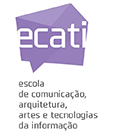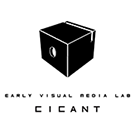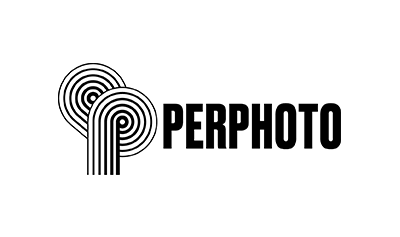Media Archaeology as Film Practice – The Werner Nekes Collection [EN]
Helena Gouveia Monteiro
Best known for his deeply immersive and medium defying experimental films, Werner Nekes (Germany 1944-2017) was also an avid collector of pre-cinematic optical devices. In addition to conservational and pedagogical concerns, better exemplified in his Media Magica documentary series, Nekes also used his knowledge of and access to this extensive archive as a means of studying the underlying mechanics of film and devising new ways of engaging with his artistic medium.
Items relating to relief techniques, such as stereoscopes and stereoscopic prints, perspective theatres, peepshow prints, and zograscopes (the bulk dating from the mid-18th century to the early 20th century) make for a significant part of the filmmaker’s collection and reveal a particular interest in three-dimensional representation and binocular superimposition.
This paper will investigate the relation between the optical devices found in Werner Nekes’ collection and the conceptual and artistic gestures deployed in his film practice. By analysing the editing techniques employed in the films, in co-relation with his theory of the medium, it will exemplify the direct influence of stereoscopic techniques and how they relate to the concepts of horizontal and vertical montage.
Within the context of an alternative history of film, this research takes into consideration the use of industry’s byproducts by visual artists and the readapting of devices and techniques to new usages that stray from and even deny their originally intended purpose and contribute to the creation of new artistic forms, contributing to a better understanding of how filmmakers and artists have used the audio-visual dispositif to create non- narrative sensorial experiences that radically differ from the pursuit of accurate representation and verisimilitude.
Helena Gouveia Monteiro is a visual artist and experimental filmmaker from Portugal living and working in Dublin. She received her MFA from the Villa Arson in Nice in 2015 and is a PhdD candidate in Film Studies at the University of Lausanne. Her work has been shown internationally in both cinema and gallery settings and she was recently awarded the Digital Media Residency at Fire Station Artists’ Studios in Dublin, the Light Cone Atelier 105 Residency in Paris, and the Film Bursary from the Arts Council of Ireland. She is the co-founder of Stereo Editions, an independent publishing collective of artists’ editions, and currently co-directs the LUX Critical Forum Dublin.







